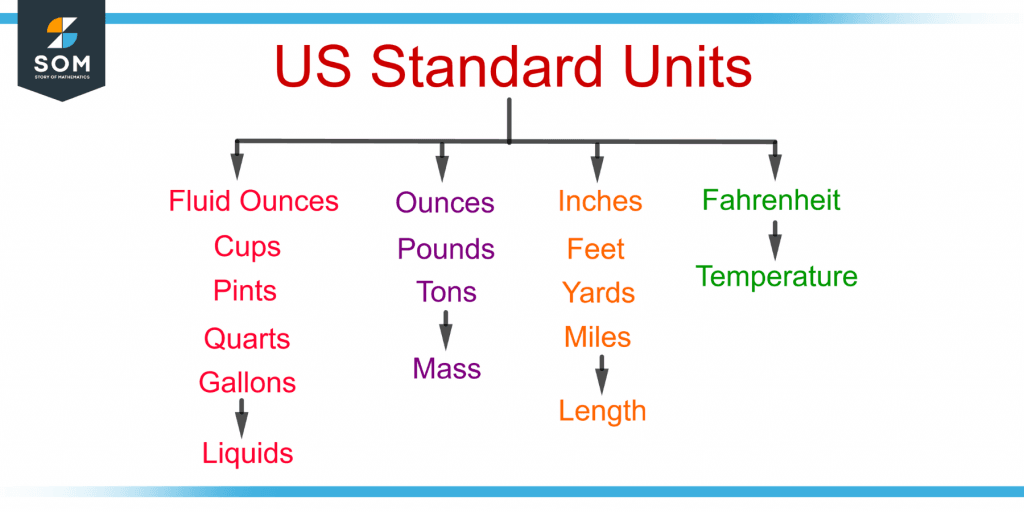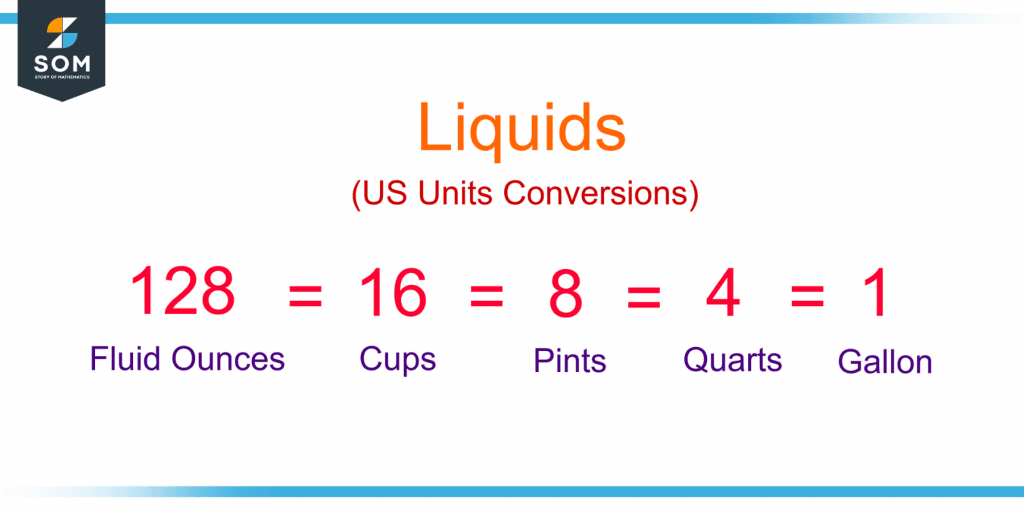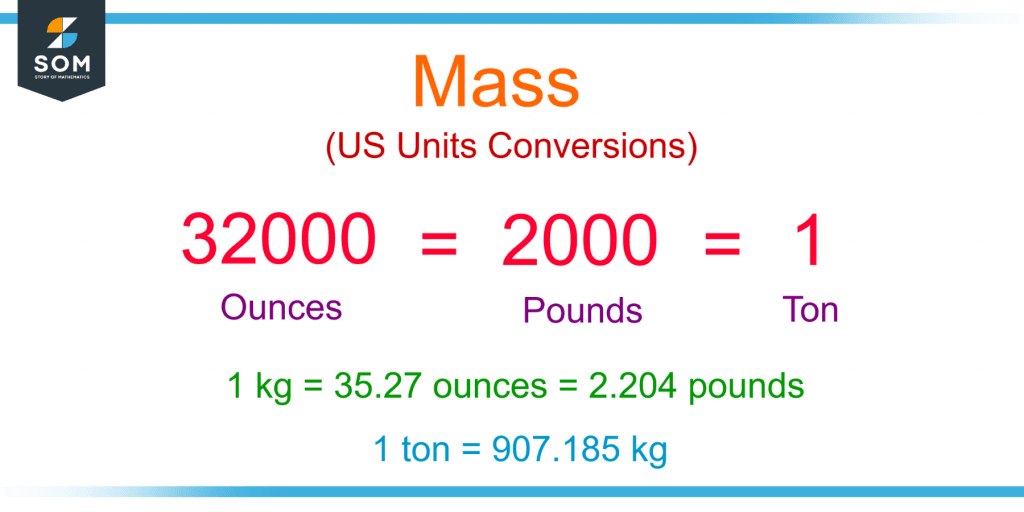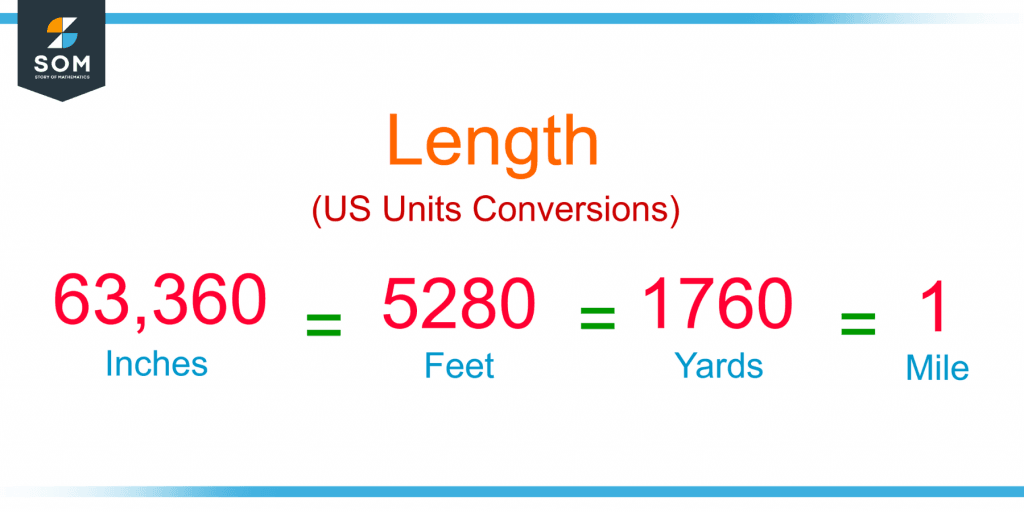US Standard Units|Definition & Meaning
Definition
The US standard units refer to the measurement units used within the USA. These are related to the metric units (SI Units) but are more convenient in some cases. These units measure quantities such as mass (pounds, tons, etc.), length (miles, feet, etc.), fluid volumes (fluid ounces, gallons, etc.), and temperature (Fahrenheit).
Figure 1 shows all the US units along with the physical quantities that they belong to.

Figure 1 – US Standard Units for Fluid Volumes, Mass, Length, and Temperature
History
The US standard units were derived and adapted from the imperial system of weights and measures in 1832 by the US government. The imperial system was developed by the British in 1824. Later on, in 1864, the British adopted the metric system, which was developed by French scientists in 1795. but the US still uses its customary units such as pounds, ounces, feet, inches, miles, etc.
All the US standard units are exactly the same as the units of mass, length, etc., used in the imperial system except for the units of volume. The units used to measure the volume of fluids in the US system are smaller than their imperial counterparts. For example, one fluid ounce in the US system is equal to 1.0408 fluid ounces in the imperial system. Also, the US gallon is 20% smaller than the imperial gallon.
The US standard units used to measure the volume of liquids, the mass of dry ingredients, length, and temperature are discussed below.
Volume of Liquids
A liquid is a fluid that takes the shape of its container. It is incompressible and has a constant volume. It is one of the four basic states of matter, having no fixed shape but a definite volume. The volume of liquids is measured in the following US standard units.
Fluid Ounces
The fluid ounce is the smallest unit to measure the volume of a liquid. It is abbreviated as “fl oz” and is also called a regular ounce. The SI volume unit is a cubic meter which is equal to one kiloliter (kL). The smaller unit milliliter (mL) is related to one fl oz as:
1 US fl oz = 29.5735 mL
The US customary fluid ounce is 4.08% greater than the imperial fluid ounce. So,
1 imp fl oz = 0.96076 US fl oz
A fluid ounce is equal to 6 US teaspoons and 2 US tablespoons. One fluid ounce is related to the other US units of volume as follows:
1 US fl oz = 1/8 or 0.125 US cups
1 US fl oz = 1/16 or 0.0625 US pints
1 US fl oz = 1/32 or 0.03125 US quarts
1 US fl oz = 1/128 or 0.0078125 US gallons
Cups
A US cup is equal to eight US fluid ounces. It is also equal to 8.45 imp fl oz. It is used in the measurements of cooking units, nutrition labeling, and serving sizes in the US. The US cup is related to the other US units of volume as:
1 US cup = 48 US teaspoons
1 US cup = 16 US tablespoons
1 US cup = 1/2 or 0.5 US pints
1 US cup = 1/4 or 0.25 US quarts
1 US cup = 1/16 or 0.0625 US gallons
Also:
1 US cup = 236.588 mL
Pints
One US fluid pint is equal to sixteen US liquid ounces. Also,
1 US pint = 568.261 mL
One US pint is related to the other units of liquid volume as:
1 US pint = 2 US cups
1 US pint = 1/2 or 0.5 US quarts
1 US pint = 1/8 or 0.125 US gallons
Quarts
One quart refers to the quarter or one-fourth of a gallon. One quart is equal to 946.353 mL. A quart can be converted to any other US unit by using the following unit conversion:
1 US quart = 32 US fl oz
1 US quart = 4 US cups
1 US quart = 2 US pints
1 US quart = 1/4 or 0.25 US gallons
Gallons
One gallon is equal to 3785.41 mL. It is the largest US unit of volume. For example, a water truck can carry approximately 9000 gallons of water.
Figure 2 shows a summary of conversions of all the US standard units of liquids.

Figure 2 – Conversions for US Standard Units for Liquids
Mass
Mass is the amount of matter composed within an object. Mass is often confused with weight. Weight is the mass of the object due to gravitational pull. The following US units are used for the mass of an object.
Ounces
Ounces are different from fluid ounces. It is the smallest US unit of mass and is abbreviated as “oz.” It is related to the other US units of mass as follows:
1 oz = 1/16 or 0.0625 lb
1 oz = 1/32,000 tons
Pounds
A pound is also known as the “pound-mass” and is abbreviated as “lb.” One pound is equal to sixteen ounces. Also,
1 US lb = 1/2000 US tons
Pounds are the main unit to measure the weight of a person, animal, or object.
Tons
A ton, abbreviated as “t,” is the largest unit of mass. One ton is equal to 2000 pounds. Also,
1 US ton = 32,000 oz
For example, a truck has a mass of 3 tons.
Figure 3 shows the US unit conversions of mass and the US units in the SI unit of mass, i.e., kilogram.

Figure 3 – Conversions for US Standard Units for Mass and in its SI Unit (Kilogram)
Length
The measure of distance is known as length. It serves as a base unit in many systems of measurements from which many other units are derived. The metric unit of length in meters. The following US units are used to measure the length.
Inches
An inch is the smallest unit of length, abbreviated as “in.” It is related to the other US units of length as follows:
1 inch = 1/12 feet
1 inch = 1/36 yards
1 inch = 1/63,360 miles
For example, the length of a piece of paper can be measured in inches.
Also,
1 m = 39.3701 inches
Feet
One foot, abbreviated as “ft,” is equal to 12 inches. Also,
1 ft = 1/3 yards
1 ft = 1/5280 miles
For example, a car is about 14.7 feet long. Also,
1 m = 3.28084 ft
Yards
A yard is equal to 3 feet. For example, the length of a bed is about 2 yards. Also,
1 yard = 36 inches
1 yard = 1/1760 miles
One yard is equal to 0.9144 m.
Miles
One mile is equivalent to 1760 yards. This large unit of length is usually used to measure long distances between different places. For example, it takes 189 miles to travel from Rawalpindi to Lahore. Also,
1 mile = 63,360 inches
1 mile = 5280 ft
One mile equals 1609.34 meters.
Figure 4 shows all the US units of length converted from one unit to another.

Figure 4 – Conversions for US Standard Units for Length
Temperature
A temperature measures the extent of hotness and coldness in a quantifiable way. It is measured by a thermometer which has some thermometric substance and a reference point calibrated with a certain temperature scale.
The temperature can be measured in degrees of Celsius, Fahrenheit, and Kelvin. The US unit of temperature is Fahrenheit, and its SI unit is Kelvin.
Fahrenheit
To convert Celsius(°C) to Fahrenheit(°F) scale, multiply the temperature by 9/5 or 1.8, and add 32. For example, 35 °C is converted to Fahrenheit scale as follows:
35 °C = ( 35 ✕ 1.8 ) + 32 °F= 95 °F
To convert Kelvin(K) to degree Celsius, subtract 273.17 from the Kelvin temperature. For example, to convert 500 K into Celsius:
500 K = 500 – 273.15 °C = 226.85 °C
Examples
Example 1 – US Unit Conversion for Liquids
Convert 52 cups into quarts.
Solution
As:
1 cup = 0.25 quarts
52 cups = 52 × 0.25 quarts
52 cups = 13 quarts
Hence, 52 US cups are equal to 13 US quarts.
Example 2 – US Unit Conversion for Mass
Convert 8000 pounds into tons.
Solution
As:
1 lb = 1/2000 tons
8000 lb = 8000 × 1/2000
8000 lb = 4 tons
Hence, 8000 pounds are equal to 4 tons.
Example 3 – US Unit Conversion for Length
Convert 5000 miles into yards.
Solution
As:
1 mile = 1760 yards
5000 miles = 5000 × 1760 yards
5000 miles = 8,800,000 yards
Therefore, 5000 miles equals 8,800,000 yards.
Example 4 – US Unit Conversion for Temperature
Convert 450 Kelvins into Fahrenheit.
Solution
First, 450 K is converted in the Celsius scale as:
450 K = 450 – 273.15 °C
450 K = 176.85 °C
Then, 176.85 °C is converted in degrees Fahrenheit as:
176.85 °C = (176.85 °C × 1.8) + 32 °F
176.85 °C = 318.33 + 32 °F = 350.33 °F
Therefore, 450 K is equal to 350.33 °F.
All the images are created using GeoGebra.
